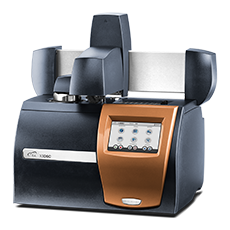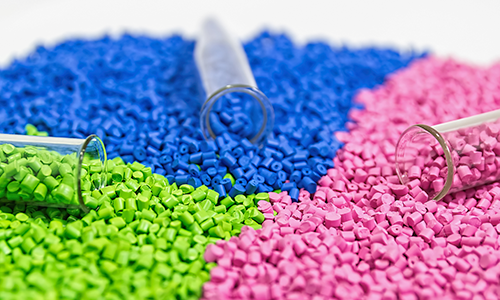What is Differential Scanning Calorimetry?
Differential scanning calorimetry is an analytical technique used to measure the amount of heat released or absorbed by a sample during heating or cooling over a range of temperature. As well as being used to characterize the thermal properties of a material, a differential scanning calorimeter is used to determine the temperature at which particular phase transitions occur, including glass transition temperature, fusion and crystallization events.
Details












